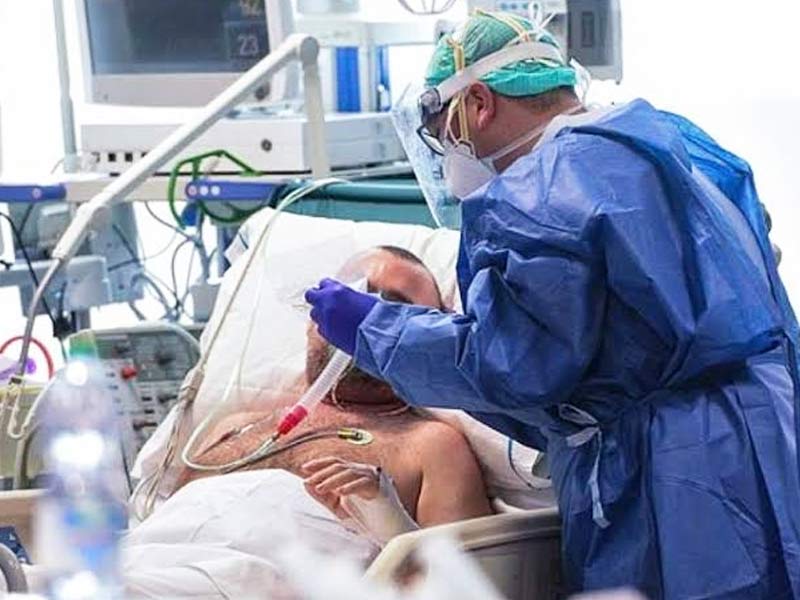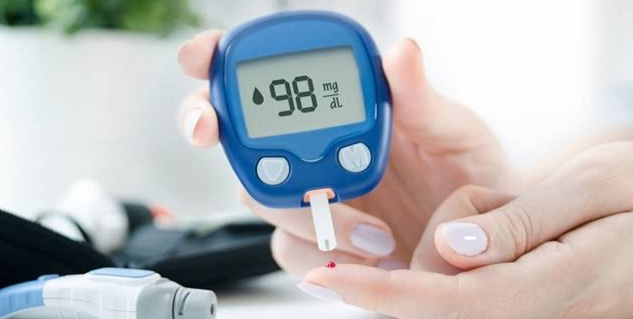
Many doctors from several hospitals in Delhi have been reporting the increase in the number of cases of black fungal infection, which is scientifically called Mucormycosis in Covid positive patients. Amid the rise in cases of mucormycosis or ‘black fungus’ infection in COVID-19 survivors, the government released an evidence-based advisory for screening, diagnosis and managing this disease. Earlier, the healthcare experts linked this infection to COVID-19 because there were several patients who were suffering from black fungal infections in the recovery stage of coronavirus infections. Some patterns have also been seen, like most of the patients who get this disease go through other complications such as diabetes, organ failure, mainly kidney and heart, or cancer.
Table of Content:-
Most fungal infections are not that serious but black fungus is severe and rare, but it seems to get triggered by COVID-19 . It can be the cause of very serious complications and can prove to be fatal. COVID-19 weakens the immunity of human body due to which patients become an easy target for the disease. It can enter our blood stream through cuts/burns or any kind of skin injury. It can also enter our body through air in the form of spores. Talking about the government advisory by the Indian Council of Medical Research (ICMR) and the Union health ministry, it stated all the dos, don'ts and other warning signs of this dangerous infection. It said, "Mucormycosis, if uncared for, may turn fatal. Sinuses or lungs of such individuals get affected after fungal spores are inhaled from the air." Here are the details:
Warning signs and symptoms that can lead to serious disease:

- Pain and redness around eyes and/or nose
- Fever
- Headache
- Coughing
- Shortness of breath
- Bloody vomits
- Altered mental status
Predisposition
- Uncontrolled diabetes mellitus
- Immunosuppression by steroids
- Prolonged ICU stay
- Co-morbidities – post transplant/malignancy
- Voriconazole therapy
Dos
- Control hyperglycemia
- Monitor blood glucose level post COVID-19 discharge and also in diabetics
- Use steroid judiciously – correct timing, correct dose and duration
- Use clean, sterile water for humidifiers during oxygen therapy
- Use antibiotics/antifungals judiciously
Also read: Black Fungus Cases Being Reported In Delhi Due To Covid? Know Everything About Mucormycosis

Don'ts
- Do not miss warning signs and symptoms
- Do not consider all the cases with blocked nose as cases of bacterial sinusitis, particularly in the context of immunosuppression and/or COVID-19 patients on immunomodulators
- Do not hesitate to seek aggressive investigations, as appropriate (KOH staining & microscopy, culture, MALDITOF), for detecting fungal etiology
- Do not lose crucial time to initiate treatment for mucormycosis
Preventive measures
- Use masks if you are visiting dusty construction sites
- Wear shoes, long trousers, long sleeve shirts and gloves while handling soil (gardening), moss or manure
- Maintain personal hygiene, including thorough scrub bath
- When to suspect (in COVID-19 patients, diabetics or immunosuppressed individuals)
- Sinusitis – nasal blockade or congestion, nasal discharge (blackish/bloody), local pain on the cheek bone One sided facial pain, numbness or swelling
- Blackish discoloration over bridge of nose/palate
- Toothache, loosening of teeth, jaw involvement
- Blurred or double vision with pain; fever, skin lesion; thrombosis & necrosis (eschar)
- Chest pain, pleural effusion, haemoptysis, worsening of respiratory symptoms
Management of black fungus infection
- Control diabetes and diabetic ketoacidosis
- Reduce steroids (if patient is still on) with aim to discontinue rapidly
- Discontinue immunomodulating drugs
- No antifungal prophylaxis needed
- Extensive Surgical Debridement - to remove all necrotic materials
Evidence based Advisory in the time of #COVID-19 (𝐒𝐜𝐫𝐞𝐞𝐧𝐢𝐧𝐠, 𝐃𝐢𝐚𝐠𝐧𝐨𝐬𝐢𝐬 & 𝐌𝐚𝐧𝐚𝐠𝐞𝐦𝐞𝐧𝐭 𝐨𝐟 𝐌𝐮𝐜𝐨𝐫𝐦𝐲𝐜𝐨𝐬𝐢𝐬) @MoHFW_INDIA @PIB_India @COVIDNewsByMIB @MIB_India #COVID19India #IndiaFightsCOVID19 #mucormycosis #COVID19Update pic.twitter.com/iOGVArojy1
— ICMR (@ICMRDELHI) May 9, 2021
Medical treatment
- Install peripherally inserted central catheter (PICC line)
- iMaintain adequate systemic hydration
- Infuse normal saline IV before Amphotericin B infusion
- Antifungal therapy, for at least 4-6 weeks (follow guidelines)
- Monitor patients clinically and with radio-imaging for response and to detect disease progression
Team approach
- Microbiologist
- Internal Medicine Specialist
- Intensivist Neurologist
- ENT Specialist
- Ophthalmologist
- Dentist Surgeon (maxillofacial/plastic)
- Biochemist
Read more articles on Latest
Also watch this video
How we keep this article up to date:
We work with experts and keep a close eye on the latest in health and wellness. Whenever there is a new research or helpful information, we update our articles with accurate and useful advice.
Current Version